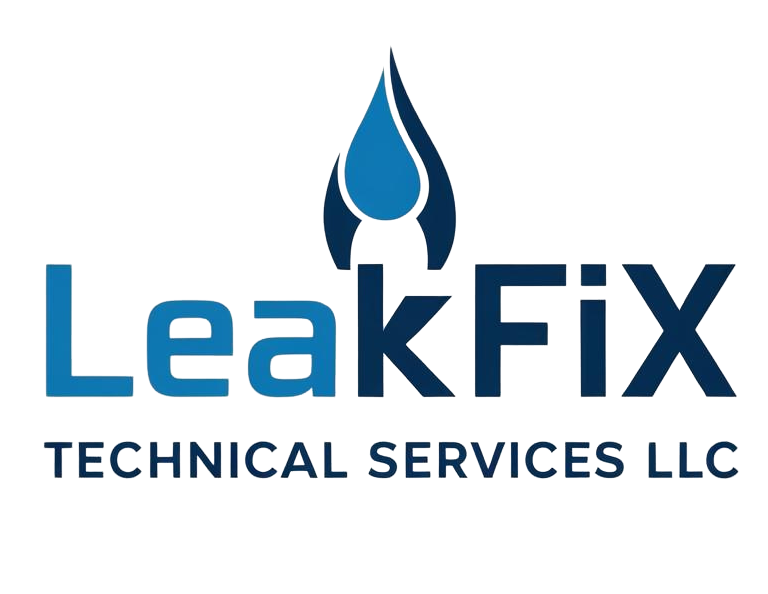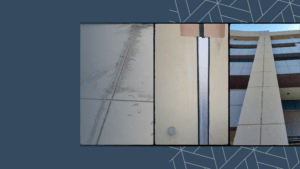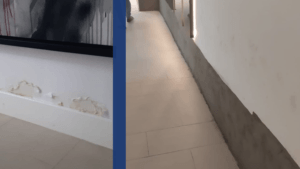Have you noticed damp patches on your interior walls? If so, you’re not alone. Many homeowners experience wet walls, and while it might seem like a minor nuisance, it can actually signal a bigger underlying issue. Understanding the cause is the first step toward preventing costly damage and potential health hazards. Let’s explore the most common reasons why your walls might be wet inside and how to fix the problem.
Common Causes of Wet Interior Walls
1. Roof Leaks
Your roof is your home’s first line of defense against rain and moisture. If it has missing shingles, cracks, or damage, water can seep through and trickle down into your walls. Over time, this leads to dampness and potential mold growth. Regular roof inspections and timely repairs can prevent water from entering your home. Check your attic for water stains or musty odors, as these could be signs of a leak. If you suspect your roof is the problem, hire a professional roofer to assess and fix any damage.
2. Leaking Pipes
Hidden plumbing leaks are a common culprit behind wet walls. If pipes inside the wall develop leaks or cracks, water will gradually seep into the surrounding drywall or plaster. Signs to watch for include discoloration, bubbling paint, or an unexplained musty smell. If your water bill suddenly spikes without any visible cause, it could indicate a hidden leak. Addressing plumbing issues promptly can prevent costly water damage and mold buildup. A licensed plumber can perform a thorough inspection and repair any damaged pipes.
3. Condensation Build-Up
In areas with high humidity, condensation can form on walls, particularly in poorly ventilated spaces. Bathrooms, kitchens, and basements are especially prone to this issue. If you notice water droplets or damp spots, improving ventilation by using exhaust fans or dehumidifiers can help reduce moisture levels. Additionally, using moisture-resistant paint can help prevent condensation from soaking into walls. Keeping the interior temperature stable and reducing excessive humidity through proper airflow can greatly minimize condensation issues.
4. Poor Ventilation
Inadequate airflow can cause moisture to linger inside your home, leading to condensation on walls. Without proper ventilation, excess humidity has nowhere to escape, creating the perfect conditions for damp walls and mold growth. Make sure to keep windows open when possible and use fans or air purifiers to promote better airflow. Investing in a home ventilation system or whole-house dehumidifier can be a long-term solution for keeping humidity levels in check.
5. Foundation Issues
If your foundation is cracked or lacks proper waterproofing, groundwater can seep into your walls. Over time, this can cause structural damage and persistent dampness inside your home. Foundation problems can often go unnoticed until water damage becomes severe. Look for warning signs such as cracks in your basement walls, pooling water near your home’s foundation, or uneven flooring. Waterproofing your foundation, improving drainage around your home, and using a sump pump can help mitigate this issue.
6. Faulty Gutters and Downspouts
Gutters and downspouts are designed to direct rainwater away from your home. However, when they are clogged, damaged, or improperly installed, water can overflow and seep into your walls. Regular gutter maintenance is crucial to keeping moisture problems at bay. Clean your gutters at least twice a year, especially before the rainy season. Installing gutter guards can help prevent debris buildup, ensuring that rainwater is properly directed away from your home.
7. Window Leaks
Poorly sealed windows or deteriorating frames allow rainwater to enter your home. This can lead to damp patches forming around windows and even cause paint to peel or bubble. Resealing window edges and ensuring proper installation can prevent leaks and moisture issues. If you notice drafts or water pooling near windows, consider replacing old windows with energy-efficient, weather-sealed options to enhance protection.
8. Exterior Wall Damage
Cracks or gaps in your home’s exterior walls can let water seep in, especially during heavy rainfall. Inspect your home’s exterior for any visible damage and seal any cracks with waterproof caulk or masonry sealant. Applying a weatherproof coating to your exterior walls can provide an additional layer of protection against moisture intrusion.
9. Rising Damp
Rising damp occurs when moisture from the ground travels up through the walls of a building. This is particularly common in older homes with inadequate damp-proofing. Signs of rising damp include tide marks, peeling paint, and a white powdery substance (efflorescence) on walls. Installing a damp-proof course (DPC) or applying a chemical damp-proof treatment can help prevent moisture from rising through your walls.
10. HVAC Issues
Your heating, ventilation, and air conditioning (HVAC) system plays a crucial role in controlling indoor humidity. If your system isn’t functioning properly, it could lead to excess moisture buildup. Regular maintenance of your HVAC system, including cleaning or replacing air filters and ensuring ducts are properly sealed, can help maintain a balanced indoor environment and prevent moisture problems.
How to Prevent Wet Walls
- Regular Home Maintenance – Schedule routine inspections of your roof, plumbing, and foundation to catch potential issues before they become serious problems.
- Improve Ventilation – Use exhaust fans in kitchens and bathrooms, open windows regularly, and invest in dehumidifiers to control indoor humidity levels.
- Waterproof Your Home – Apply waterproof coatings to exterior walls, repair cracks, and ensure your home’s foundation is properly sealed.
- Maintain Your Gutters – Keep gutters clean and free from debris to ensure proper drainage away from your home.
- Seal Windows and Doors – Check for gaps around windows and doors and use weather stripping or caulk to seal them.
- Monitor Humidity Levels – Keep indoor humidity levels between 30-50% to prevent condensation and mold growth.
- Address Leaks Immediately – If you notice any leaks, whether from plumbing or exterior sources, repair them as soon as possible to prevent further damage.
Why You Should Act Fast
Ignoring wet walls can lead to serious consequences, including:
- Structural Damage – Prolonged exposure to moisture weakens walls, ceilings, and even flooring.
- Mold and Mildew Growth – Damp conditions create an ideal environment for mold, which can cause health issues such as allergies and respiratory problems.
- Increased Repair Costs – The longer you wait, the more extensive and expensive repairs will become.
- Unpleasant Odors – Persistent moisture can lead to musty smells that are difficult to eliminate.
Call Leakfix Technical Services for Expert Solutions
If your walls are wet and you’re unsure of the cause, don’t wait until the problem worsens. At Leakfix Technical Services, we specialize in diagnosing and fixing moisture issues in homes and commercial properties. Call Leakfix Technical Services now for a thorough inspection and customized solutions. We’re here to help you keep your home dry, healthy, and structurally sound!







One Response
I’m extremely inspired along with your writing talents and also with the structure to your blog. Is this a paid subject matter or did you modify it your self? Anyway keep up the excellent high quality writing, it is rare to peer a great weblog like this one today!